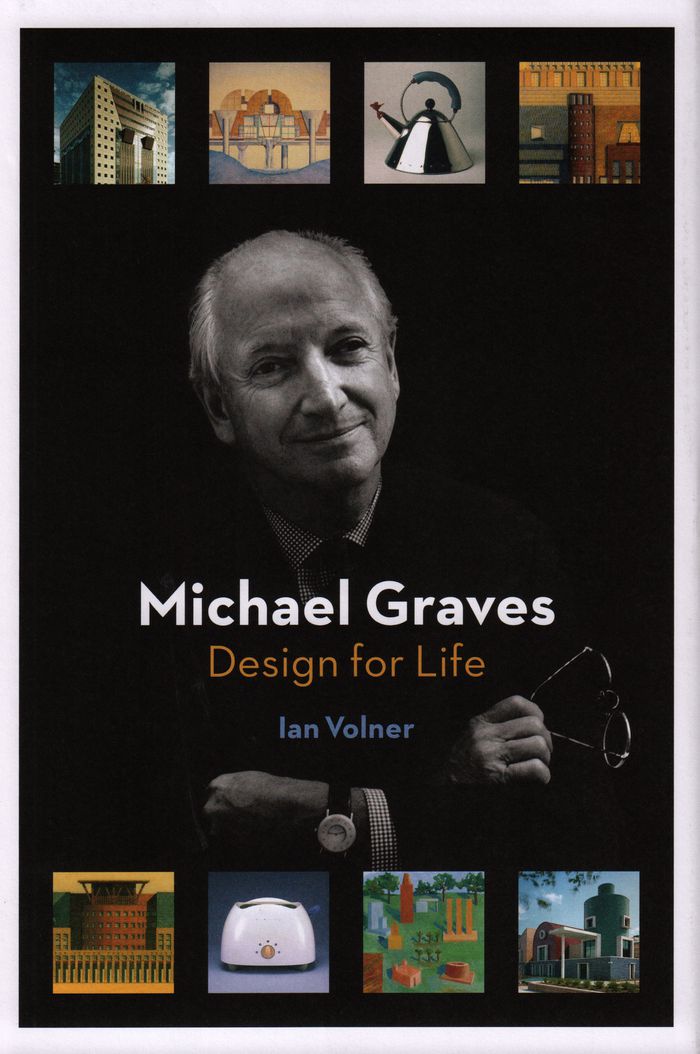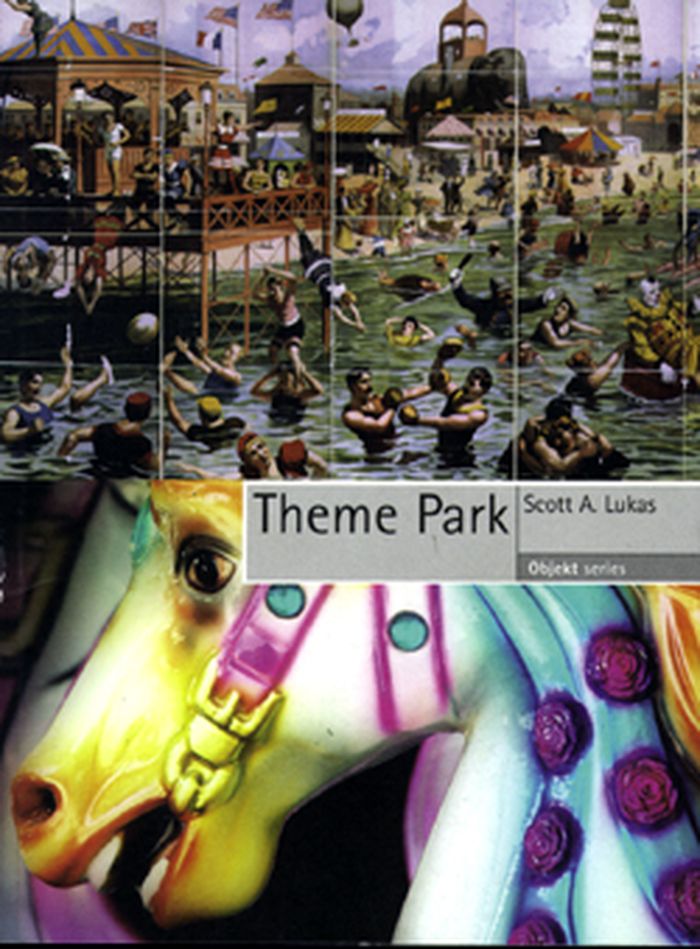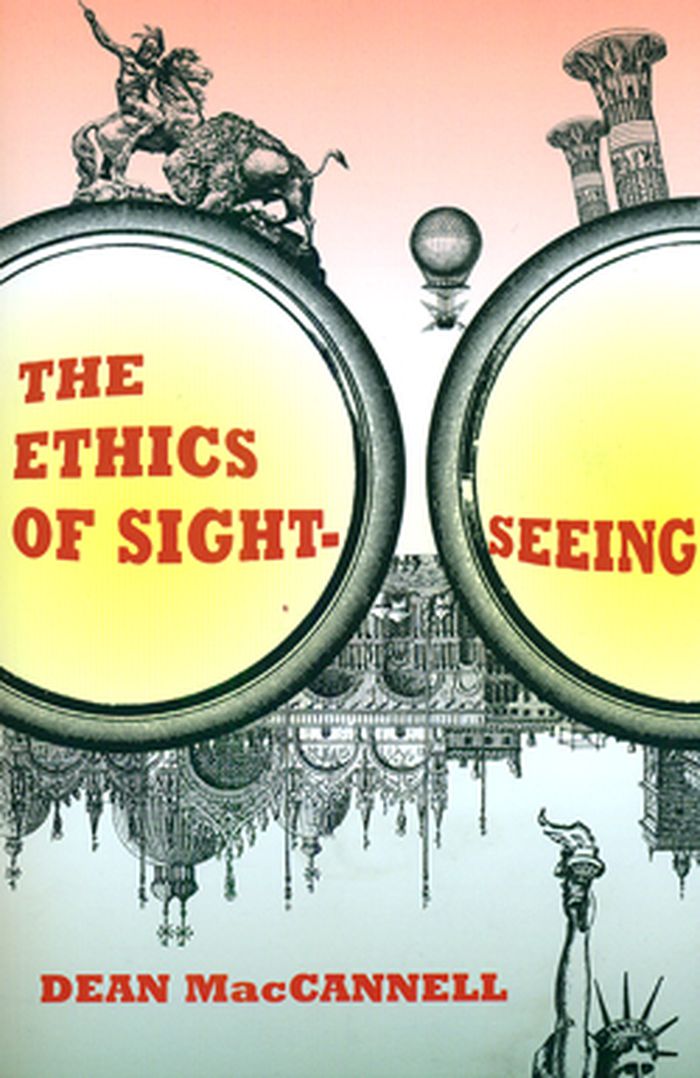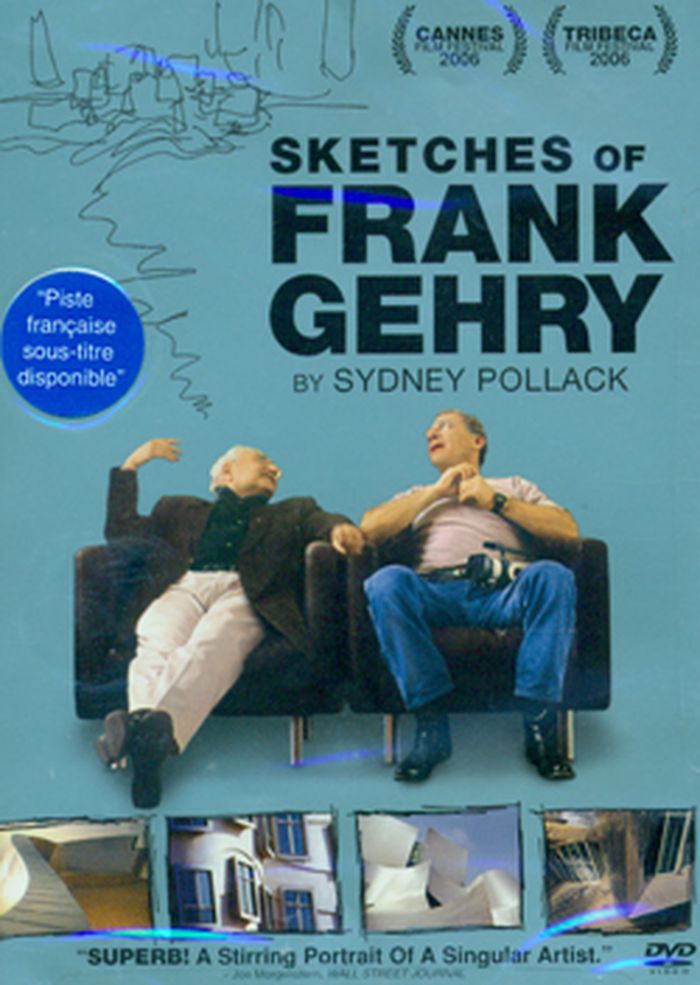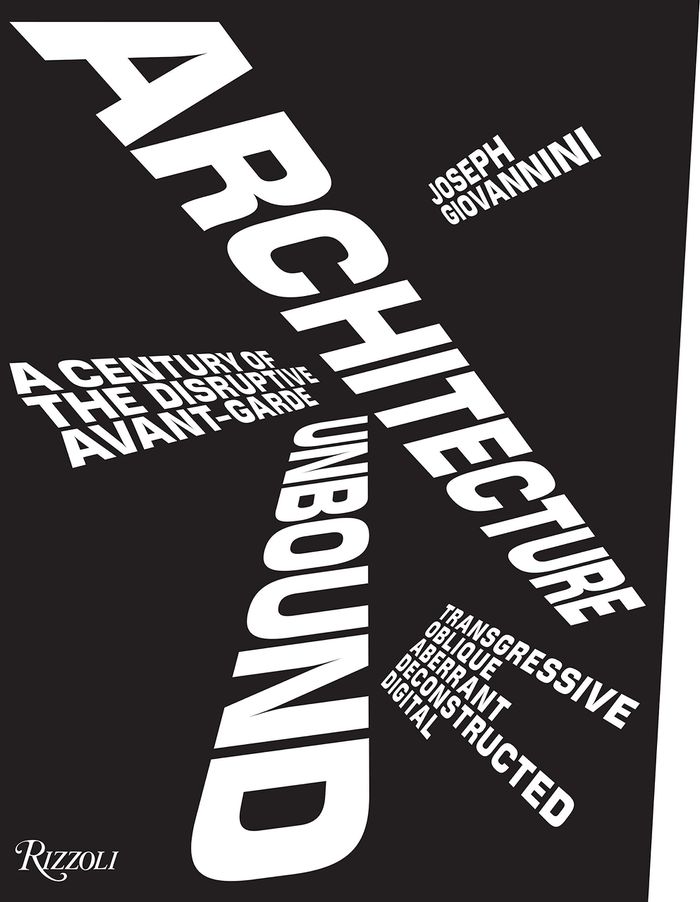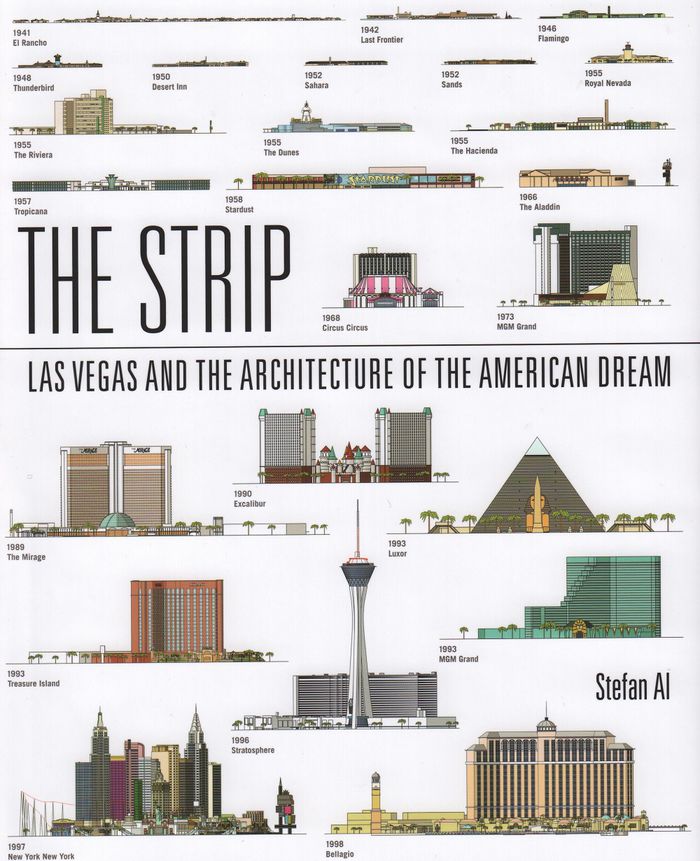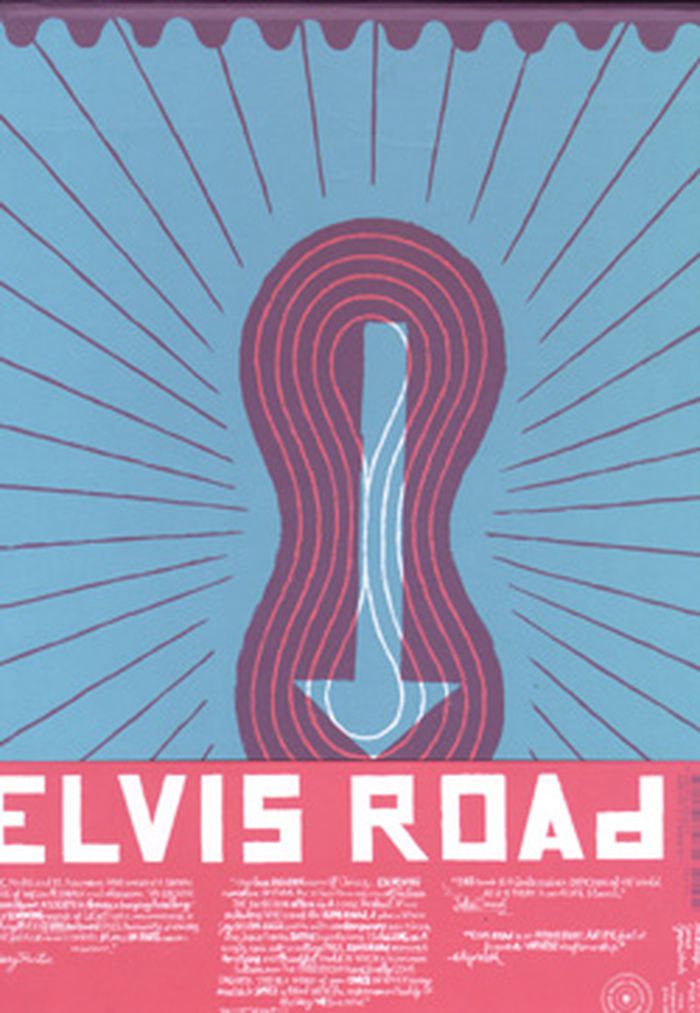books
Description:
519 pages : illustrations, plans ; 26 cm
New York, New York : The Monacelli Press, a division of Phaidon Press, [2022]
Between memory and invention : my journey in architecture / Robert A.M. Stern with Leopoldo Villardi.
Actions:
Holdings:
Description:
519 pages : illustrations, plans ; 26 cm
books
New York, New York : The Monacelli Press, a division of Phaidon Press, [2022]
books
Description:
xxi, 386 pages : illustrations ; 23 cm
Chicago : University of Chicago Press, 2001.
Why architecture matters : lessons from Chicago / Blair Kamin.
Actions:
Holdings:
Description:
xxi, 386 pages : illustrations ; 23 cm
books
Chicago : University of Chicago Press, 2001.
books
Architecture after modernism
$26.95
(available in store)
Summary:
An examination of the architectural world, its theories and contexts, since the 1960s including a discussion of "megaprojects" like the Disney Empire and the IBA in Berlin.
Architecture after modernism
Actions:
Price:
$26.95
(available in store)
Summary:
An examination of the architectural world, its theories and contexts, since the 1960s including a discussion of "megaprojects" like the Disney Empire and the IBA in Berlin.
books
September 1996, London
Post-modernism
$42.00
(available to order)
Summary:
One of the most prominent and prolific designers and architects of the late twentieth century, Michael Graves is best known for his popular product designs, including the world-famous Alessi whistling-bird teakettle, and controversial buildings, such as the Portland Building in Oregon, Humana Building in Kentucky, and Dolphin and Swan Hotels at Walt Disney World, Florida.(...)
Michael Graves: design for life
Actions:
Price:
$42.00
(available to order)
Summary:
One of the most prominent and prolific designers and architects of the late twentieth century, Michael Graves is best known for his popular product designs, including the world-famous Alessi whistling-bird teakettle, and controversial buildings, such as the Portland Building in Oregon, Humana Building in Kentucky, and Dolphin and Swan Hotels at Walt Disney World, Florida. Graves was widely seen as the leading voice of postmodernist architecture, which reintroduced human scale, color, and, sometimes, playful forms into the stark white vocabulary of modernism.
Theme park
$41.95
(available to order)
Summary:
This book takes the primitive amusements of pleasure gardens as its starting point and launches from there into a rich, in-depth investigation of the evolution of the theme park over the twentieth century. Lukas examines theme parks in countries around the world – including the United States, UK, Europe, Japan, China, South Africa and Australia – and how themed fairs and(...)
Theme park
Actions:
Price:
$41.95
(available to order)
Summary:
This book takes the primitive amusements of pleasure gardens as its starting point and launches from there into a rich, in-depth investigation of the evolution of the theme park over the twentieth century. Lukas examines theme parks in countries around the world – including the United States, UK, Europe, Japan, China, South Africa and Australia – and how themed fairs and parks developed through diverse means and in a variety of settings. The book examines world-famous and lesser-known parks, including the early parks of Coney Island, a series of World Fairs and their luxurious exhibition halls, Six Flags parks and virtual theme parks today, and, of course, Disneyland and Walt Disney World. Lukas analyses the theme park as a living entity that unexpectedly shapes people, their relationships and the world around them.
Urban Theory
The ethics of sightseeing
$25.95
(available to order)
Summary:
The ethics of sightseeing identifies and overcomes common obstacles to ethical sightseeing. Through a combination of personal observation and in-depth scholarship, MacCannell ventures into specific tourist destinations and attractions: "picturesque" rural and natural landscapes, "hip" urban scenes, historic locations of tragic events, Disney theme parks, beaches, and(...)
The ethics of sightseeing
Actions:
Price:
$25.95
(available to order)
Summary:
The ethics of sightseeing identifies and overcomes common obstacles to ethical sightseeing. Through a combination of personal observation and in-depth scholarship, MacCannell ventures into specific tourist destinations and attractions: "picturesque" rural and natural landscapes, "hip" urban scenes, historic locations of tragic events, Disney theme parks, beaches, and travel poster ideals. Demonstrating each act of sightseeing as an ethical test, the book shows how tourists can realize the productive potential of their travel desires, penetrate the collective unconscious, and gain character, insight, and connection to the world.
Critical Theory
$24.30
(available to order)
Summary:
Sketches of Frank Gehry by Sydney Pollock chronicles the friendship between director Sydney Pollock and the famed architect every bit as much as it does Gehry and his work, and it makes for a delightful window into the world of creativity and genius. Gehry has made a big imprint on architecture at the turn of the 21st century; his molten-looking visions have graced(...)
Sketches of Frank Gehry (DVD)
Actions:
Price:
$24.30
(available to order)
Summary:
Sketches of Frank Gehry by Sydney Pollock chronicles the friendship between director Sydney Pollock and the famed architect every bit as much as it does Gehry and his work, and it makes for a delightful window into the world of creativity and genius. Gehry has made a big imprint on architecture at the turn of the 21st century; his molten-looking visions have graced buildings small (actor Dennis Hopper's industrial-looking home in Venice, Calif.) to enormous (the sprawling Guggenheim Museum in Bilbao, Spain). He's the genius behind Los Angeles's sweeping Walt Disney Concert Hall.
DVDs
$67.50
(available to order)
Summary:
In '''Architecture unbound,'' noted architecture critic Joseph Giovannini proposes that our current architectural landscape ultimately emerged from transgressive and progressive art movements that had roiled Europe before and after World War I. By the 1960s, social unrest and cultural disruption opened the way for investigations into an inventive, antiauthoritarian(...)
Architecture unbound: A century of the disruptive avant-garde
Actions:
Price:
$67.50
(available to order)
Summary:
In '''Architecture unbound,'' noted architecture critic Joseph Giovannini proposes that our current architectural landscape ultimately emerged from transgressive and progressive art movements that had roiled Europe before and after World War I. By the 1960s, social unrest and cultural disruption opened the way for investigations into an inventive, antiauthoritarian architecture. Explorations emerged in the 1970s, and built projects surfaced in the 1980s, taking digital form in the 1990s, with large-scale projects finally landing on the far side of the millennium. '''Architecture unbound'' traces all of these developments and influences, presenting an authoritative and illuminating history not only of the sources of contemporary currents in architecture but also of the twentieth-century avant-garde and the twenty-first-century digital revolution in form-making, and profiling the most influential practitioners and their most notable projects, including Frank Gehry’s Guggenheim Bilbao and Walt Disney Concert Hall, Zaha Hadid’s Guangzhou Opera House, Daniel Libeskind’s master plan for the World Trade Center, Rem Koolhaas’s CCTV Tower, and Herzog and de Meuron’s Bird’s Nest Olympic Stadium in Beijing.
Contemporary Architecture
$46.95
(available to order)
Summary:
The Las Vegas Strip has impersonated the Wild West, with saloon doors and wagon wheels; it has decked itself out in midcentury modern sleekness. It has illuminated itself with twenty-story-high neon signs, then junked them. After that came Disney-like theme parks featuring castles and pirates, followed by replicas of Venetian canals, New York skyscrapers, and the Eiffel(...)
The Strip
Actions:
Price:
$46.95
(available to order)
Summary:
The Las Vegas Strip has impersonated the Wild West, with saloon doors and wagon wheels; it has decked itself out in midcentury modern sleekness. It has illuminated itself with twenty-story-high neon signs, then junked them. After that came Disney-like theme parks featuring castles and pirates, followed by replicas of Venetian canals, New York skyscrapers, and the Eiffel Tower. (It might be noted that forty-two million people visited Las Vegas in 2015—ten million more than visited the real Paris.) More recently, the Strip decided to get classy, with casinos designed by famous architects and zillion-dollar collections of art. Las Vegas became the “implosion capital of the world” as developers, driven by competition, got rid of the old to make way for the new—offering a non-metaphorical definition of “creative destruction.” In "The StripW, Stefan Al examines the many transformations of the Las Vegas Strip, arguing that they mirror transformations in America itself. The Strip is not, as popularly supposed, a display of architectural freaks but representative of architectural trends and a record of social, cultural, and economic change.
Urban Theory
Elvis road
$26.95
(available to order)
Summary:
This long, speechless comic is read as one 20-ft fold-out page; it's half Saul Steinberg on drugs, half insane doodle. Porn shops, playgrounds and sports arenas mix in the crowded urban scene, where everyone seems to be going somewhere, really desperate, or about to do something wicked and fun. Strange vehicles crowd the road, which serves up race cars, tanks, and a huge(...)
Elvis road
Actions:
Price:
$26.95
(available to order)
Summary:
This long, speechless comic is read as one 20-ft fold-out page; it's half Saul Steinberg on drugs, half insane doodle. Porn shops, playgrounds and sports arenas mix in the crowded urban scene, where everyone seems to be going somewhere, really desperate, or about to do something wicked and fun. Strange vehicles crowd the road, which serves up race cars, tanks, and a huge "parfum" tanker truck in one long traffic jam. The simple line drawings use images from World War II, as well as from underground comics of the late '60s through to the present (any references to superheroes and Disney-like characters are purely ironic). The depictions of Klansmen and Nazis seem part of the social critique, perhaps reinforcing the underlying idea that life stuffed to the gills with items that fulfill our every need is itself a form of fascism. There's always something new to see, and much occurs in the cramped spaces, such as when a happy cop ushers small creatures into a theme park called "Cuteland," or when fascist worshipers are hit by a flaming asteroid that leaves a trail of yogurt in which people drown. A strong art-book that's actually a lot of fun.
Graphic Design and Typography
